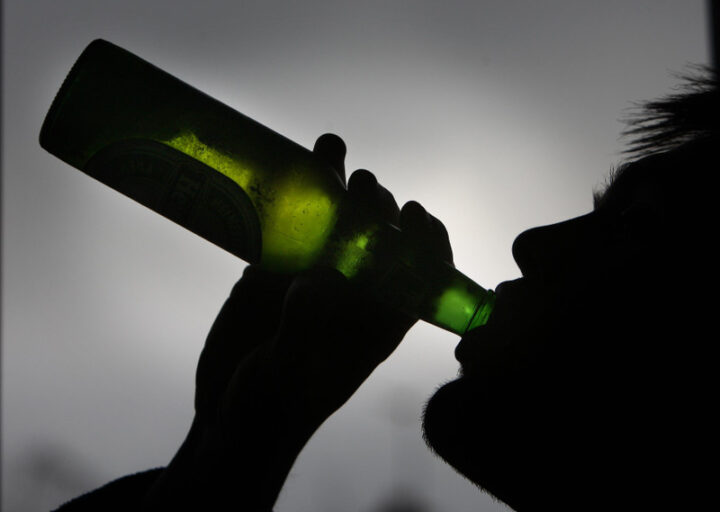Original Post from RawStory.com by Stephen Webster
A recent study in The Journal of School Health finds that the most common gateway drug is not pot, like most people tend to accuse. The ultimate gateway drug is in fact the most pervasive drug in our culture: alcohol.
Using a nationally representative sample from the University of Michigan’s annual Monitoring the Future survey, the study proves that marijuana use is not the primary indicator of whether a person will move on to more dangerous substances. In other words, knowing someone smokes pot does not tell you anything about whether or not they will go on to use harsher drugs.
“By delaying the onset of alcohol initiation, rates of both licit substance abuse like tobacco and illicit substance use like marijuana and other drugs will be positively affected, and they’ll hopefully go down,” study co-author Adam E. Barry, an assistant professor at the University of Florida’s Department of Health Education & Behavior, told Raw Story in an exclusive interview.
Barry believes that the entire theory that marijuana is a gateway drug dates back to the “Reefer Madness” era of the 1930s, which fundamentally was grounded in corporate propaganda, the misreading of data, and improper study follow-ups.

“Some of these earlier iterations needed to be fleshed out,” Barry said. “That’s why we wanted to study this. The latest form of the gateway theory is that it begins with [marijuana] and moves on finally to what laypeople often call ‘harder drugs.’ As you can see from the findings of our study, it confirmed this gateway hypothesis, but it follows progression from licit substances, specifically alcohol, and moves on to illicit substances.”
“So, basically, if we know what someone says with regards to their alcohol use, then we should be able to predict what they respond to with other [drugs],” he explained. “Another way to say it is, if we know someone has done [the least prevalent drug] heroin, then we can assume they have tried all the others.”
And while that standardized progression certainly doesn’t fit every single drug user, the study took that into account too. “There were a low enough number of errors that you are able to accurately predict [future substance abuse behavior]… with about 92 percent accuracy,” Barry said.
By comparing substance abuse rates between drinkers and non-drinkers, they ultimately found that seniors in high school who had consumed alcohol at least once in their lives “were 13 times more likely to use cigarettes, 16 times more likely to use marijuana and other narcotics, and 13 times more likely to use cocaine.” These stats alone put the age old gateway-drug theory to bed.

Barry also noted that the rates of tobacco and marijuana use among all 12th grade high school students were virtually the same, confirming a report the Centers for Disease Control published in June, and an analysis Raw Story published in May. So what we should really be concerned about is the tobacco usage within youth, which is far more deadly and dangerous.
“I think [these results] have to do with level of access children have to alcohol, and that alcohol is viewed as less harmful than some of these other substances,” Barry added. It’s strange that given the number of deaths caused by alcohol each year, the focus is still focused on marijuana instead of the real culprit.
A study published in 2010 in the medical journal Lancet ranked alcohol as the most harmful drug of all, above heroin, crack, meth, cocaine and tobacco. Even more striking: The Lancet study found that harms to others near the user were more than double those of the second most harmful drug, heroin.
“This is a time of budget tightening,” Barry concluded. “Many social services are being cut. If you take [our findings] and apply them to a school health setting, we believe that you are going to get the best bang for your buck by focusing on alcohol.”
About the author: Stephen C. Webster is a writer for Raw Story where this article was originally published.
Sources: Thanks to Raw Story for inspiring this interesting article which was originally posted here.
Follow Rawstory on Twitter
Follow Rawstory on Facebook

